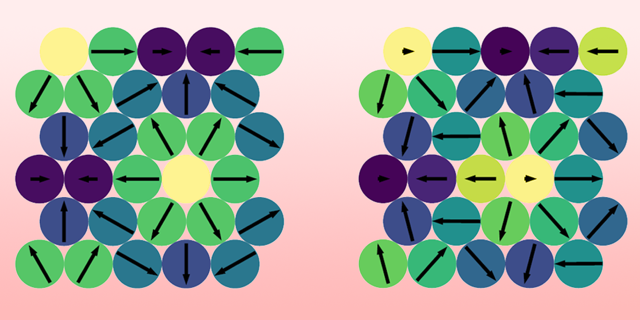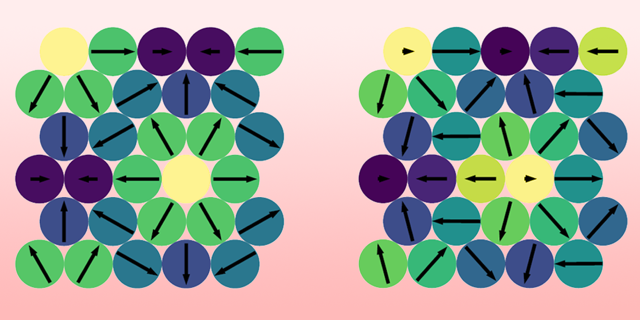Topological Superconductivity without Superconductors
Today’s quantum computers are delicate devices—sensitive to disruption by environmental noise. Physicists are thus pursuing alternatives called topological quantum computers, which harness quasiparticles—Majorana fermions—predicted to be resilient to noise (see Viewpoint: A Roadmap for a Scalable Topological Quantum Computer). Now Kristian Mæland and Asle Sudbø at the Norwegian University of Science and Technology in Trondheim propose a way to generate Majorana fermions without the superconducting materials that were previously thought to be required for such fermions to emerge [1]. By expanding the material choice, the approach could bring topological quantum computers a step closer to realization.
Majorana fermions are hallmarks of an exotic state called a topological superconductor. To date, most proposals for generating such a state involve structures combining a superconductor and a material with strong spin-orbit coupling. Under an applied magnetic field, a topological superconductor should form at the interface between the materials.
In the model proposed by Mæland and Sudbø, a one-atom-thick layer of a magnetic material is sandwiched between a normal metal and a heavy metal with strong spin-orbit coupling. This coupling causes the magnetic layer to adopt a “skyrmion crystal” configuration, in which skyrmions—twists in the spin texture—are arranged on a lattice. By scattering electrons, spin fluctuations in this skyrmion crystal produce an electron–electron interaction in the normal metal that creates a topological superconducting state at its boundary.
Besides removing the need for superconductors, the design would have another advantage over other proposed systems, say the researchers. By controlling the skyrmions, the device could manipulate the Majorana fermions, which are located at the centers of the skyrmions, to realize logical operations.
–Marric Stephens
Marric Stephens is a Corresponding Editor for Physics Magazine based in Bristol, UK.
References
- K. Mæland and A. Sudbø, “Topological superconductivity mediated by skyrmionic magnons,” Phys. Rev. Lett. 130, 156002 (2023).





